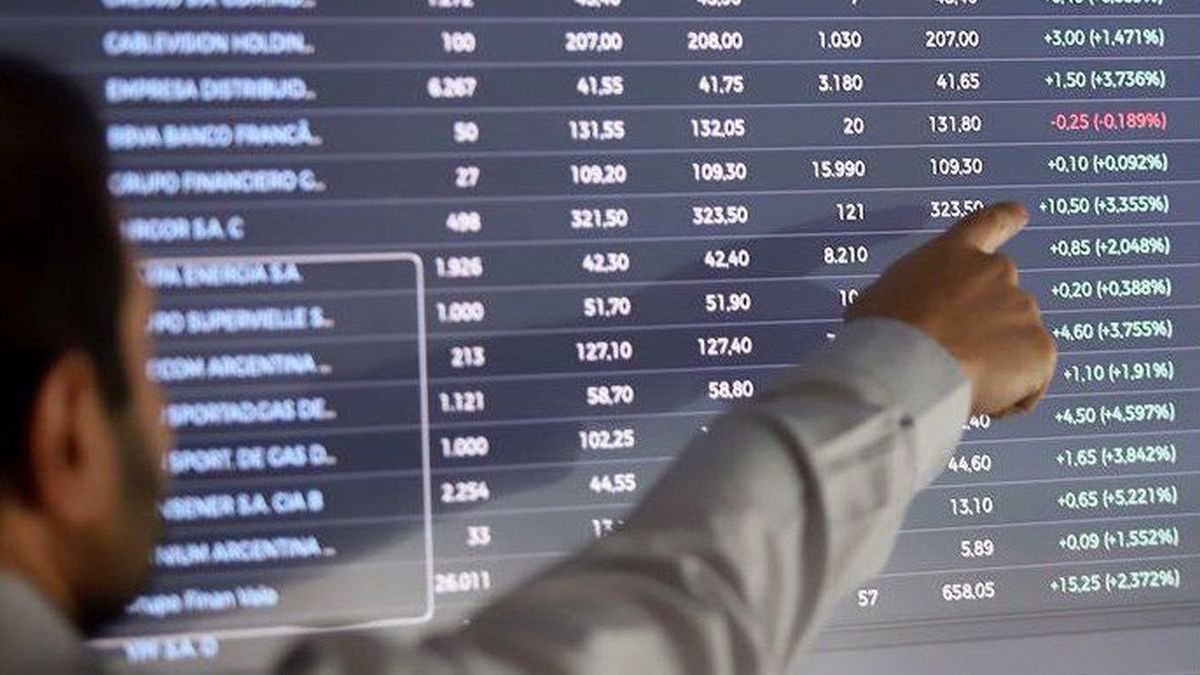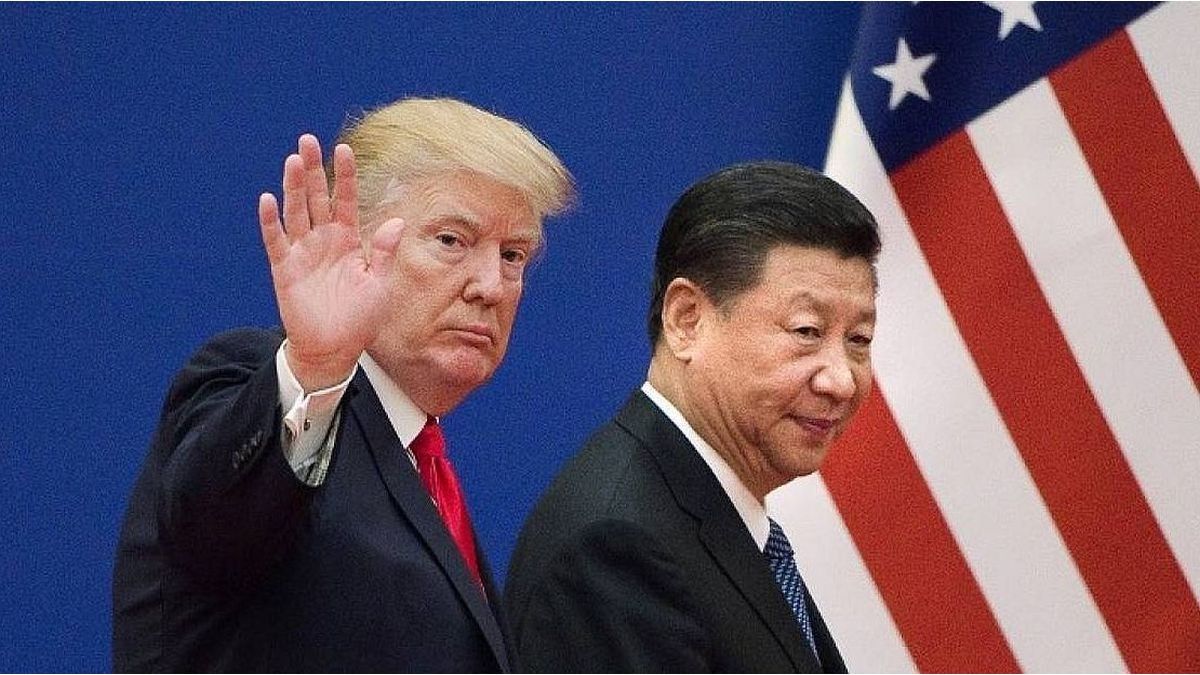On the other hand, the Argentine Government complied this Friday with the capital due payment with the International Monetary Fund (IMF), for an estimated amount of 975 million Special Drawing Rights (SDR, the monetary unit of the organization), equivalent to US$1,285.9 millionreported this afternoon the Ministry of Economy.
This day also the blue dollar soared and reached a new record to accumulate over a frantic week a jump of $34, ending at $273. In turn, the financial dollars did not stop their upward climb and shot up again, with the CCL closing at $300.89, a new all-time nominal record, and the MEP ending the day at $289.29.
In order to preserve its meager reserves, The BCRA restricted on Thursday the possibility of paying in installments with credit cards for consumption in duty-free stores, extending the prohibition that applies to international tourist tickets and services, and products from abroad that are received through the door-to-door system. Christian Buteler, a financial analyst, stated that “The uncertainty generated by the BCRA with its new (exchange) restrictions caused a new jump in prices”.
At the same time, the lack of dollars and the overexposure of pesos is one of the causes of the stock market tension, the operators maintained. “The pressure of the new issue is not only going to remunerated liabilities but to the exchange rate. The official (peso) remains relatively cheap against general inflation,” said the settlement and clearing agent Neix.
As for the Argentine companies listed on Wall Street, the day ended unevenly. Thus, the largest increases were for the banks Supervielle (+4.2%) and BBVA (+3.5%)while Loma Negra (-8.6%) and Despegar (-3%) led the losses.
Bonds and country risk
OTC debt lost an average 0.7%to lighten the weekly drop to 5.8% only mitigated by a oxygenation on Thursday with opportunity purchases. Thus, this market drags a loss of around 22% in the last 14 weeks.
The biggest drops of the day were for Bonar 2029 (-3.4%), Bonar 2030 (-2.5%), and Bonar 2038 (-1.6%). The rise in Global 2035 (+3.7%) was highlighted.
The country risk prepared by the JP. Morgan bank rose 17 units, to 2,657 pointsin a week where it marked its all-time high of 2,728 units as a reflection of the distrust that prevails in the domestic sphere.
For its part, the debt in pesos closed with most increases. The main rise was for the CUAP (+4.8%), followed by the TX28 (+4.3%), and the DICP (+3.6%). This week the BCRA intervened strongly in the bond market in local currency.
In the last Leliqs auction, the Central Bank did not refinance all maturities and tried to transfer private liquidity to Treasury instruments. About, Juan Pablo Albornoz, economic analyst at Ecolatinatold Ámbito that “the market perceives the Central Bank as less risky than the Treasury. A perception that, in the long run in a context of fiscal dominance such as the current one, does not make much sense.”
By not being able to place that liquidity with Central Bank instruments, the analyst pointed out that probably the market turned to sureties. The 1-day security rate less than a week ago was around 39% TNA and this Thursday it closed below 24%.
Finally, operators said that mutual funds play a vital role in market liquiditywith an increase in the dynamics of disarming quotas by first-level institutions.
Source: Ambito
David William is a talented author who has made a name for himself in the world of writing. He is a professional author who writes on a wide range of topics, from general interest to opinion news. David is currently working as a writer at 24 hours worlds where he brings his unique perspective and in-depth research to his articles, making them both informative and engaging.




